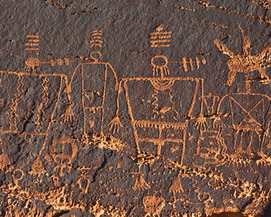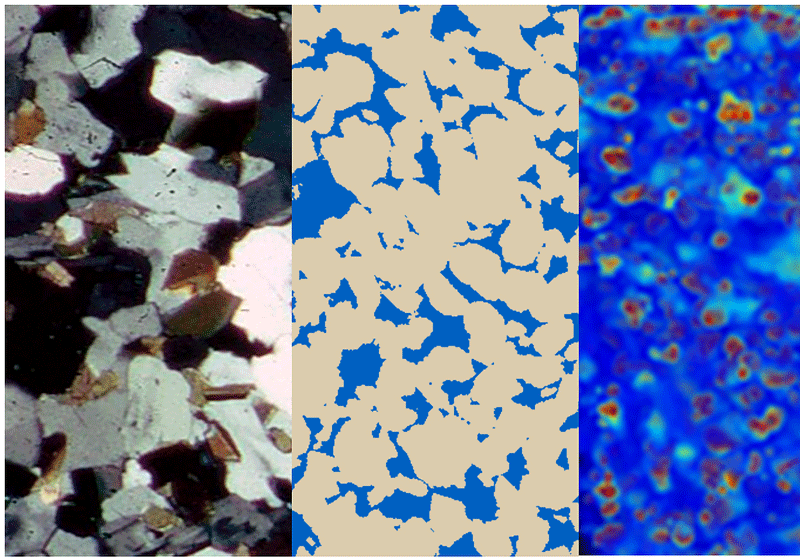The Contribution of Geoscience to Cultural Heritage Studies
This issue of Elements celebrates the diverse contributions that the Earth sciences have made to characterizing, interpreting, conserving, and valorizing cultural heritage. Archaeometry and conservation science are connected to the geosciences at different levels. Earth scientists possess a profound perception of the complexity of natural materials, they have the necessary knowledge of the ancient and recent geological and physico-chemical processes acting on natural materials and on the artifacts produced by human activities, and they master most of the techniques useful to investigate our common heritage. Therefore, Earth scientists can greatly contribute towards a better understanding and preservation of our past.
The Contribution of Geoscience to Cultural Heritage Studies Read More »



